California’s pioneering plan to phase out new gas-powered vehicles by 2035 is facing major challenges as the year draws near. In 2022, the state’s Air Resources Board (CARB) approved the rule that make California the first state in the country to establish a clear timeline for the shift to zero-emission vehicles. However, recent progress has brought some doubts concerning the possibility to achieve such a high rate.
One of the main problems is that the consumer market is not very friendly toward electric vehicles (EVs). Although the EV sales have been on the rise in California, they only account for roughly 19% of the new car sales in the same region. This is below the targets outlined by CARB for the interim ones which seek to have 35% of the new car sales being ZEV by 2026.
According to industry experts, major factors that hinder the rate of adoption include; anxiety over charging facilities, limited range in electric cars, and high costs of EVs than the traditional gasoline vehicles.
The state’s charging infrastructure has also received much criticism. Albeit, California has poured a lot of capital in expanding its charging facilities, many regions remain underserved in regard to charging infrastructure. This is especially the case in rural areas and among low-income earners hence the issue of equity in the shift to electric vehicles is a big concern.
In a report presented by the California Energy Commission it revealed that the state of California requires 30000 chargers to meet the expected demand in 2035 and the current rate of charger installations is inadequate.
Another factor which is not conducive for the automobile industry is the legal battle over the ability of California to set its emission standards for vehicles. Although the Biden administration has returned California’s waiver under the Clean Air Act which lets the state set even tighter emissions standards than the federal ones, this right is currently in litigation in federal court by a group of states and business associations. The result of this legal fight can influence the further capability of California to pursue the implementation of its 2035 ban.
The auto industry has had a rather mixed reaction to the mandate in general. Most of the world’s leading automobile manufacturers have laid out blueprints for electrifying their fleets, however, there are some who have concerns over the pace and possibility of such change. Other challenges include the supply chain constraints especially concerning batteries and critical minerals which are viewed as possible barriers in the attempts to increase EV production to meet the set targets in California.
Still, state officials are not backing off the 2035 goal. Governor Gavin Newsom has supported the plan saying that it is needed for the state to meet its climate objectives and to maintain California as the center of the clean power industry. The state has also recently implemented new measures such as the enhancement of rebates and the pilot programs in electric vehicles car-sharing in disadvantaged regions for low and middle-income Californians.
While the ongoing discussion about the utility of the California’s EV mandate is ongoing, the state’s actions are being closely observed by other states and countries which may wish to follow the same path. That is why it is possible to conclude that the fate of the ambitious plan in California could become a precedent for the rest of the world in the field of emission reduction from transportation and combating climate change.
Looking at the target of 2035, there is less than a decade and a half left to address the challenges to make the vision of an all-electric vehicle future a reality in the Golden State.
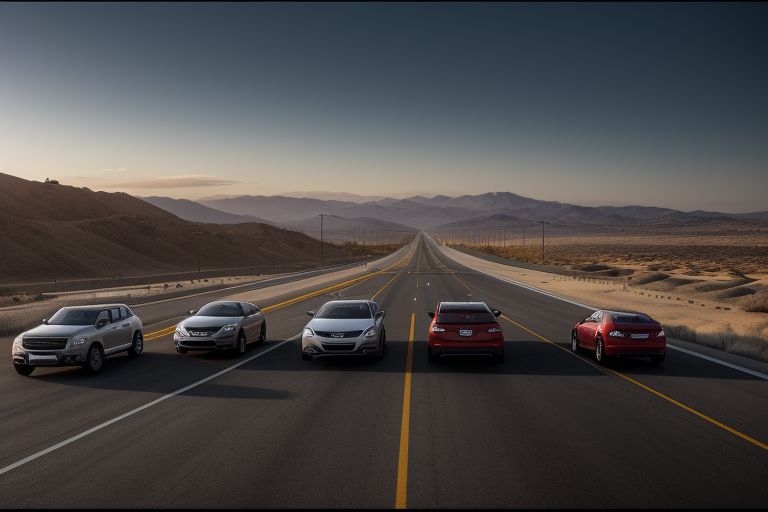
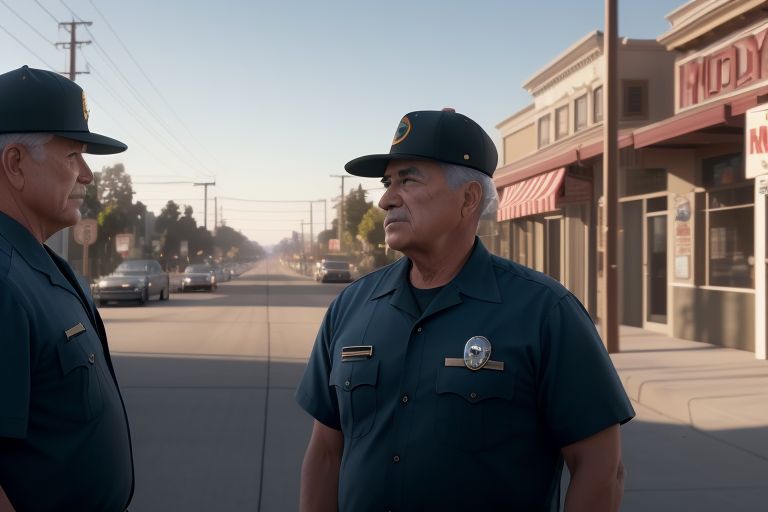
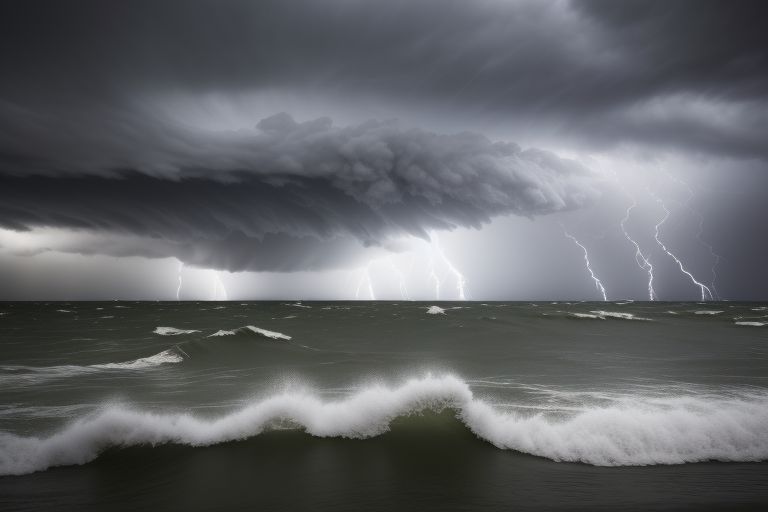
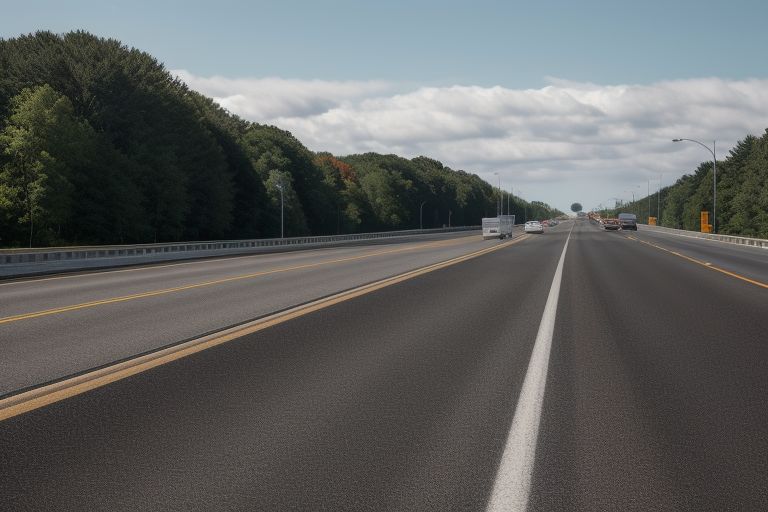

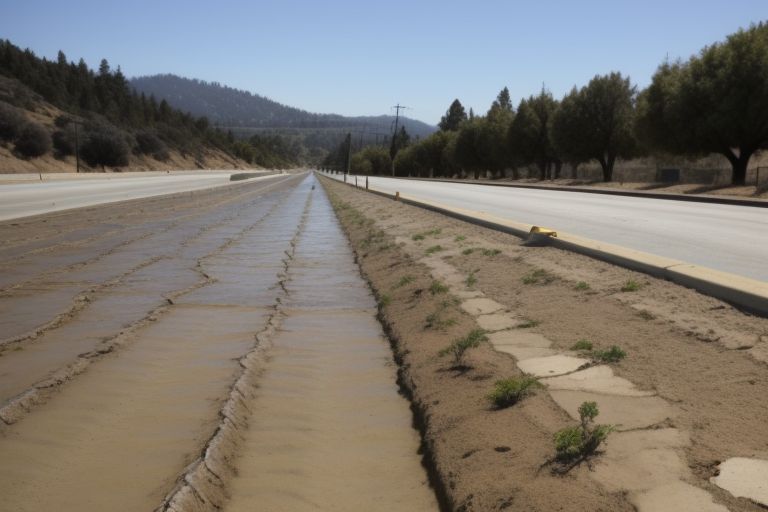
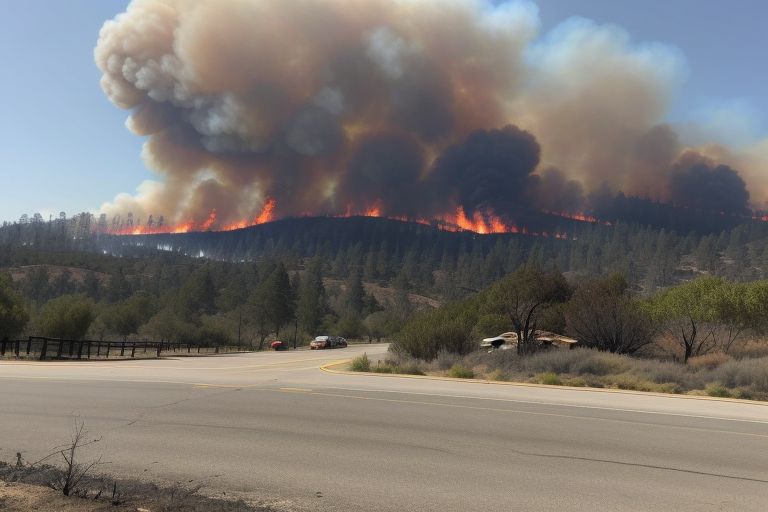
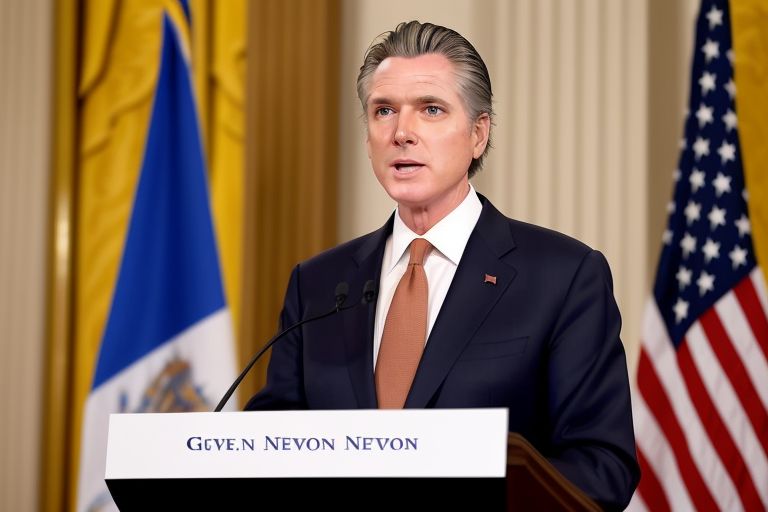

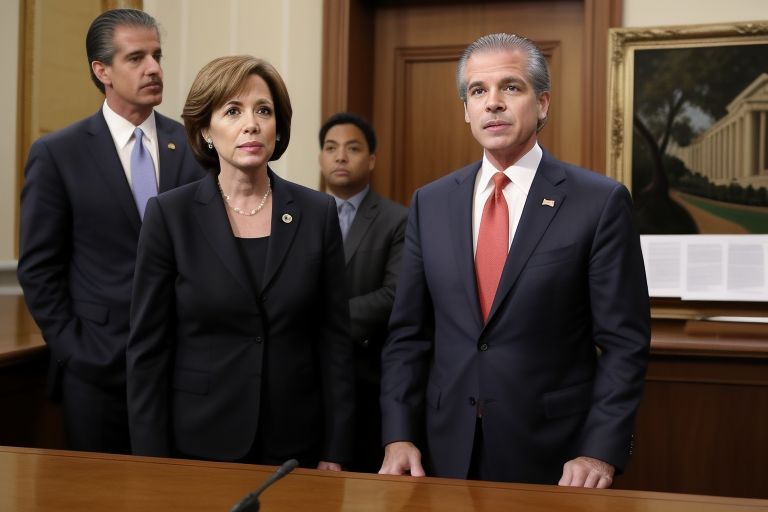

Leave a Reply